Interesting link about restoration project of many orchid species population in Korea
http://www.arirang.co.kr/News/News_View.asp?nseq=183943
http://www.arirang.co.kr/News/News_View.asp?nseq=183943

A good news story.
To counter that is a disgraceful story of the clearance of a sacred 500 year old South Korean forest to create a ski run for the winter Olympics -
http://www.theguardian.com/environm...-sacred-south-korean-forest-to-create-ski-run
And they need to crack down on local orchid society going field trip collecting whatever orchids they find.
I don't know if this practice still goes on, but long ago, it was a "tradition" to hike up certain mountain area in the early spring and everyone in the group just spreads all over the area looking for cymbidium goeringii.
Everything is still brown and dead, so evergreen goeringii and especially the ones in bloom ( which is basically every goeringii early spring) are so easily picked up unfortunately.
I'm not sure how common is the species now.
They have much wider habitat but so easy to collect.
Large pale pink cyprepidium was rather common in the mountain as well.
My grandma and her neighbors loved to cook the roots.
I think they devoured the entire population. Oh well.
I thought the flowers were hideous as a kid.
Who knew they would be so rare now?
Sad.
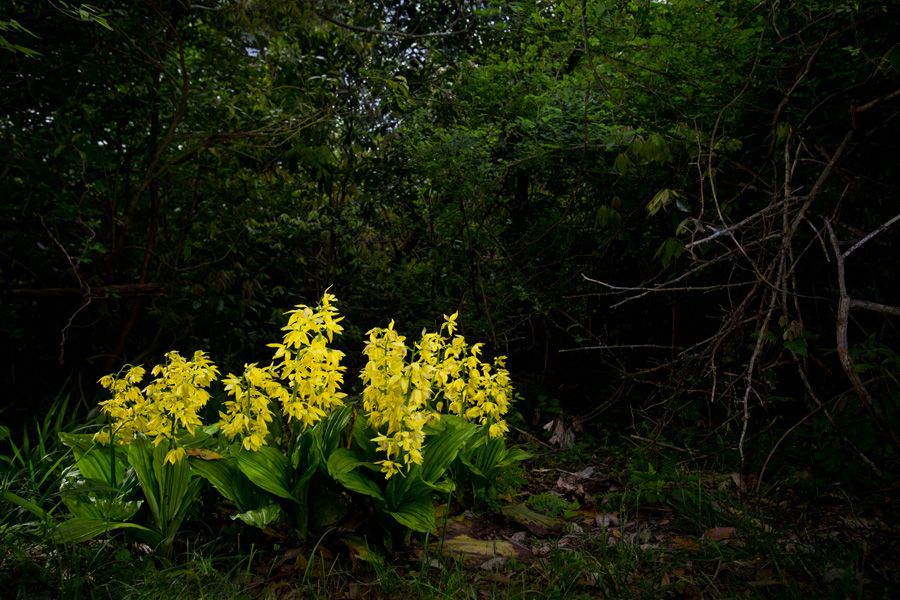
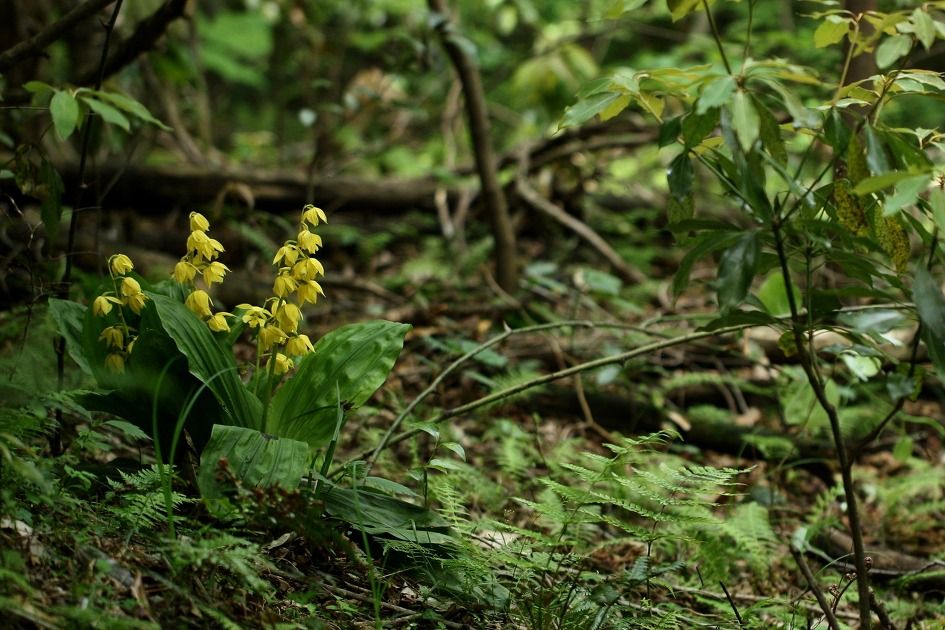
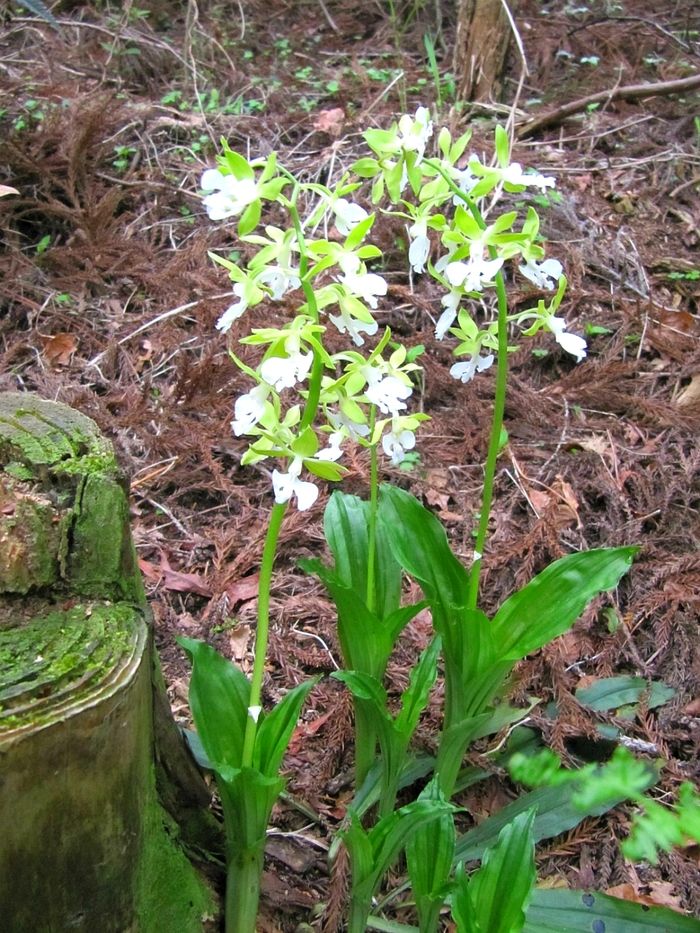
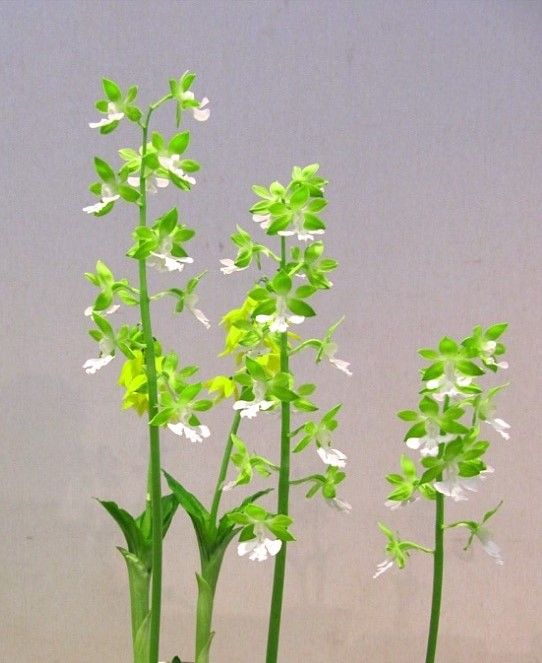
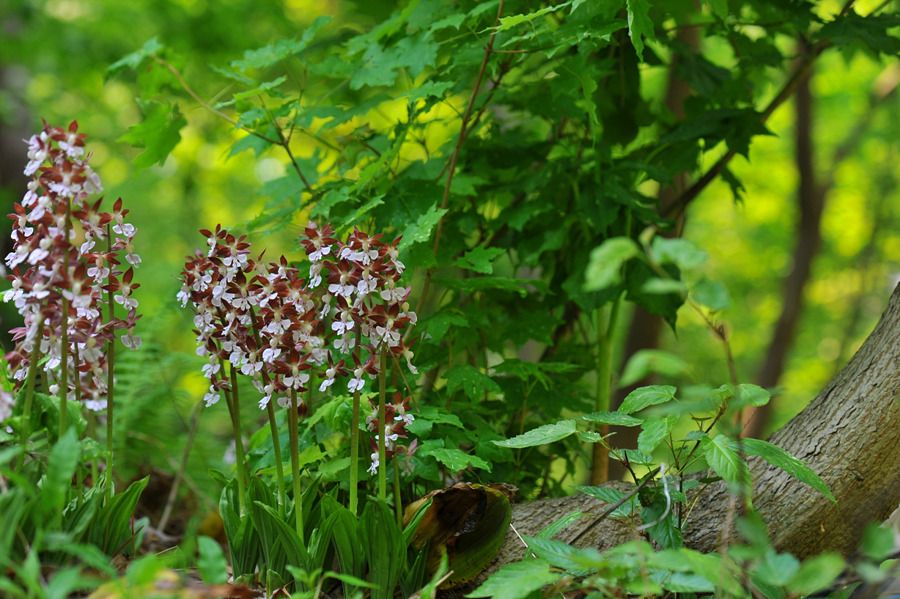
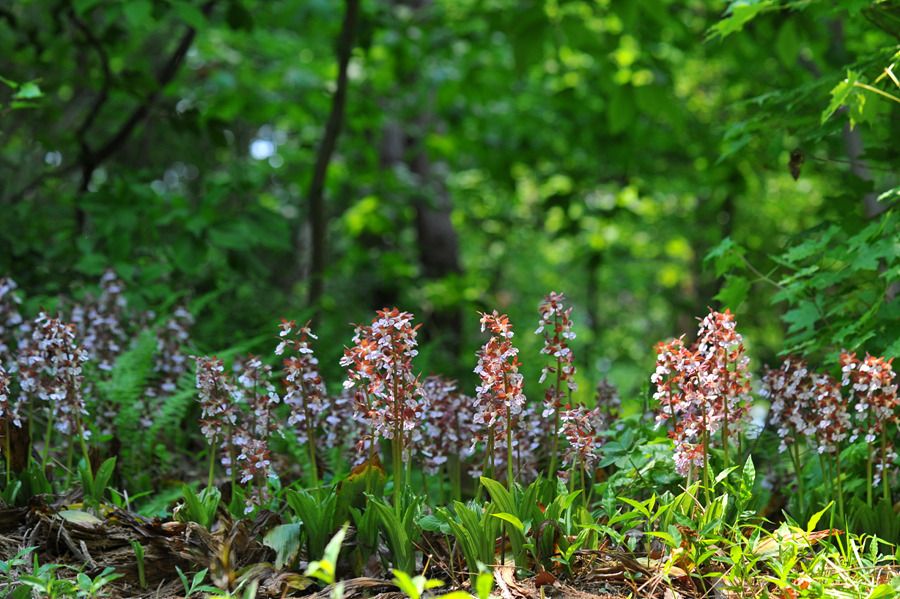
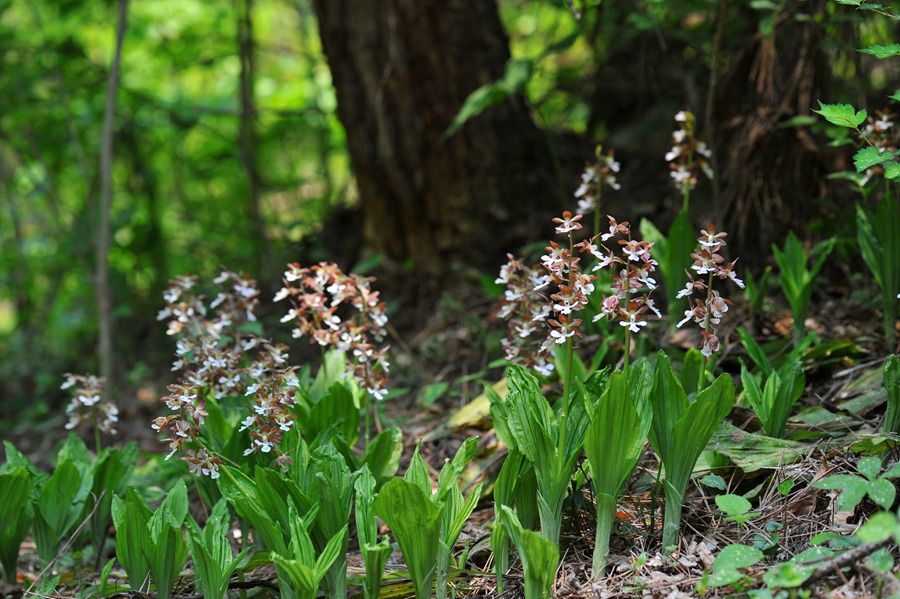
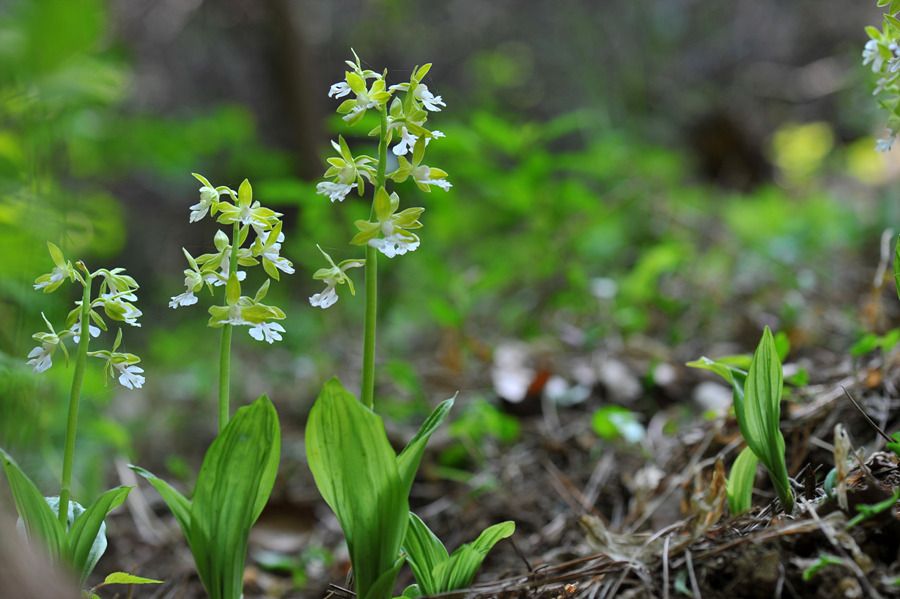
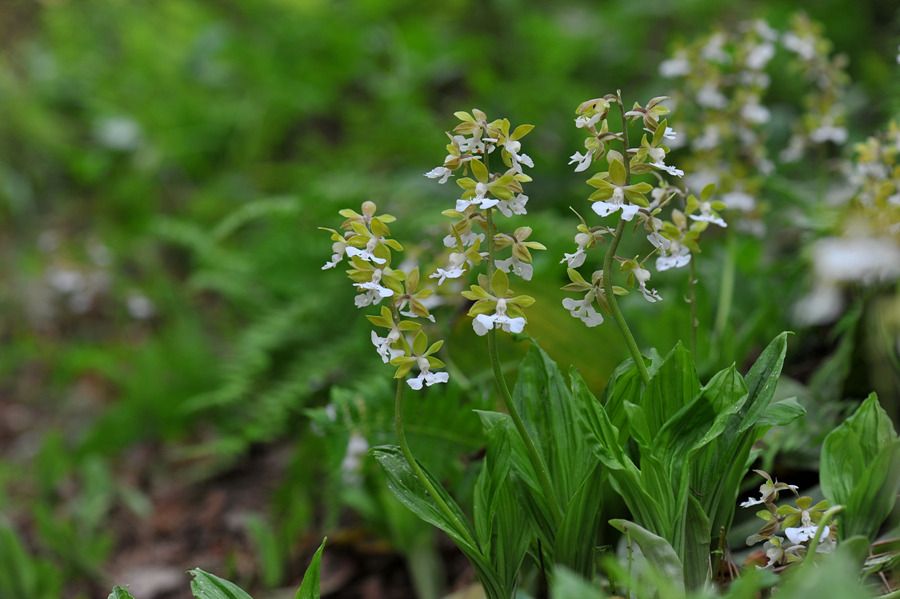
I thought I would share some wonderful in-situ pictures while the topic was up.
These are three different species photographed by a Korean wild flower photographer.
I hope he keeps his mouth shut about the locations. lol
Enter your email address to join: